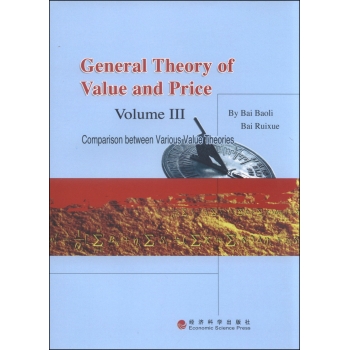Understanding the General Price Range for Customizing Metal Products
Customizing metal products can be a great way to add a personal touch and make your unique vision a reality. However, it's important to understand the general price range for these services in order to budget accordingly. The cost of customizing metal products can vary widely depending on factors such as the size and complexity of the design, the type of metal being used, and the level of customization requested. Generally speaking, custom metal products are more expensive than off-the-shelf products but can still be affordable for those willing to invest a little extra. It's recommended to get quotes from several different suppliers before committing to a particular project to ensure you're getting the best value for your money. With careful planning and budgeting, custom metal projects can be a great investment that adds both beauty and functionality to your home or business.
In today's industrial landscape, metal components play a crucial role in numerous applications. Their durability, flexibility, and cost-effectiveness have made them a popular choice among manufacturers and businesses. However, when it comes to customizing metal products, the process can be complex and often requires specialized skills and equipment. This article aims to provide an overview of the general price range for custom metal parts, taking into account various factors that can influence the cost.
To begin with, let's clarify what we mean by "custom metal parts." These are individual components that are designed and manufactured based on specific customer requirements. They can vary widely in terms of shape, size, material type, finish, and other specifications. Some common examples include machined parts, welded components, cast products, and fabricated assemblies. Each type of customization requires different processes and resources, which can impact the overall cost.

The first factor that determines the price of custom metal parts is the material used. Metal products come in a wide range of grades, from standard steels like carbon and stainless to exotic alloys like titanium and Inconel. The choice of material depends on factors such as strength, corrosion resistance, weight, and temperature tolerance. Higher-grade materials typically have a higher price point but may offer better performance or longevity. For example, a titanium part might cost more than a stainless steel part, but it could withstand higher temperatures or be more resistant to wear and tear.
Another significant factor is the complexity of the design. A simple stamped part may cost less to produce than a complex machined part that requires intricate machining or welding. Complex designs may also require additional testing and inspection to ensure quality and safety. Additionally, customization options like surface finishing (such as polishing, painting, or plating) can add to the cost. Some finishes may require specialized chemicals or techniques that increase the production time and labor costs.

The production method also affects the price of custom metal parts. Traditional mass production methods like stamping or bending may be cheaper than advanced technologies like additive manufacturing (3D printing). However, additive manufacturing can offer greater flexibility and customization options for complex shapes or geometries. Moreover, the scale of production can impact the price significantly. A small batch of customized parts produced in-house may be more expensive than larger runs produced by a contract manufacturer. Similarly, overseas production can offer lower costs due to lower labor and material prices, but there may be additional shipping costs and logistics challenges.
In conclusion, there is no fixed price range for custom metal products as it varies depending on several factors mentioned above. To get an accurate estimate of your custom metal part's cost, it is essential to discuss your requirements with a qualified supplier who can provide you with a detailed breakdown of the expenses involved. By considering these elements carefully, you can make informed decisions about your customization project and optimize your budget while ensuring high-quality results.

Articles related to the knowledge points of this article:
Customizing Hardware Components for Modern Machinery: A Detailed Look at the Process and Benefits
Title: Principles for Choosing Custom Metal Product Categories
ZHOUSHAN CUSTOMIZED HARDWARE AND ELECTRO-MECHANICAL DEVICES
Fujian Hardware Labeling Machine Customization
Bag Hardware Customization: A Detailed Look into the Process
Customized Shanxi Hardware Labeling Machines: A Comprehensive Guide



